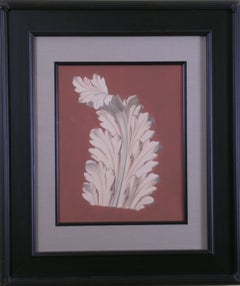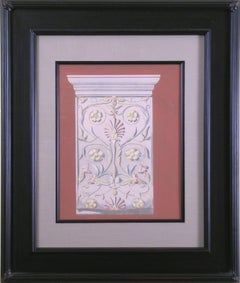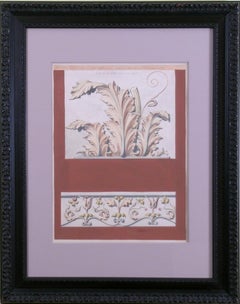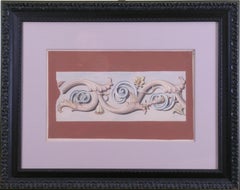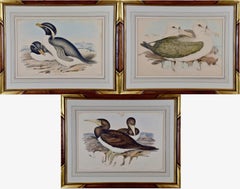Walter Gropius Art
As the founder of the Bauhaus — the German art and design school that was one of the chief crucibles of modernism — Walter Gropius had a central and enduring impact on the architecture and design of the 20th century and beyond. Along with fellow Bauhaus principals such as Ludwig Mies van der Rohe and Marcel Breuer, Gropius championed a philosophy of design focused on simplicity, efficiency and the inherent beauty of steel, glass and other industrial materials.
Born in Berlin, Gropius followed in his architect father’s footsteps and after completing his studies was employed by the brilliant proto-modernist designer Peter Behrens. Gropius’s early architectural work demonstrated many of the aspects that define the modernist aesthetic: ribbon windows, an emphasis on light and minimal decoration. Gropius became known primarily as a great organizer, writer and teacher. After military service in World War I, he developed concepts of what are now called the applied arts — a marriage of creative imagination with practical skill and technology. These notions drove Gropius’s founding of the Bauhaus in 1919. The school would welcome many of the great creators of the 20th century, including Paul Klee, Laszlo Moholy-Nagy and Josef Albers. After the independent-minded college fell afoul of the Nazi regime in the 1930s, Gropius immigrated to the United States, and finished out his years on the Harvard faculty.
Gropius produced far fewer furniture designs than his fellows on the Bauhaus faculty, but what he did make has a purity of form and spirit. As you will see from the works offered on 1stDibs, Walter Gropius never compromised his vision of design that encompassed beauty, creativity and the highest level of technical skill.
Late 19th Century Academic Walter Gropius Art
Lithograph
1870s Academic Walter Gropius Art
Lithograph
1870s Academic Walter Gropius Art
Lithograph
1870s Academic Walter Gropius Art
Lithograph
1870s Academic Walter Gropius Art
Lithograph
1870s Academic Walter Gropius Art
Lithograph
1870s Academic Walter Gropius Art
Lithograph
Late 19th Century Academic Walter Gropius Art
Lithograph
Late 19th Century Academic Walter Gropius Art
Engraving
Late 19th Century Academic Walter Gropius Art
Lithograph
1840s Academic Walter Gropius Art
Lithograph
19th Century Academic Walter Gropius Art
Lithograph
19th Century Academic Walter Gropius Art
Lithograph
Early 2000s Academic Walter Gropius Art
Lithograph
19th Century Academic Walter Gropius Art
Lithograph
19th Century Academic Walter Gropius Art
Lithograph
19th Century Academic Walter Gropius Art
Lithograph
1970s Academic Walter Gropius Art
Lithograph
1920s Academic Walter Gropius Art
Lithograph
1920s Academic Walter Gropius Art
Lithograph
19th Century Academic Walter Gropius Art
Lithograph
1910s Academic Walter Gropius Art
Lithograph


